The Global Stem Cells Group, a multi-disciplinary community of scientists and physicians that are collaborating to treat diseases and lessen human suffering through the advancement of the field of regenerative medicine has announced plans for a training in Dubai, UAE on November 11th-12th. This training will be one of the second one of 2022, reaffirming
Exosomes are potent microvesicles released by adult mesenchymal stem cells. They have the ability to help restore cells in the body by improving cell to cell communication. Exosomes are not cells, and they are smaller than cells. When compared to adult stem cells, exosomes have much more growth factors which give them a better clinical
In recent years, the application of exosomes in regenerative medicine has been growing. Also, many more potential applications of exosomes in regenerative medicine are still being studied. In this article, you’ll learn the functions of exosomes and up-to-date applications of exosomes in regenerative medicine. What are exosomes? Exosomes are tiny vesicles that play a crucial
The XXV Congreso Internacional de Medicina, Cirugia Estética y Obesidad will take place in CDMX, México on July 13,14 and 15, 2022. The International Society for Stem Cell Application (ISSCA) will be actively taking part in the congress. The ISSCA is a multidisciplinary community of physicians and scientists with a mission to advance the science,
Exosome therapy is the new buzz in the regenerative medicine industry because of how it can repair and regenerate your cells and tissues. Exosome therapy is safer compared to other cellular therapy because it’s a cell-free therapy with no risk of rejection. Exosome therapy will be beneficial to you if you’re dealing with conditions such
Mesenchymal Stem Cells (MSCs) are the most commonly used cells in stem cell therapy and regenerative medicine, due to their high and multi-potency. Mesenchymal Stem Cells (MSCs) can be isolated from different tissues in the body. In this article, you’ll be learning about culture-expanded MSCs, how MSCs can be expanded, The potency of MSCs and
Cellular therapy is fast becoming a standard therapy in many regenerative clinics today. Many doctors are no longer questioning the safety and effectiveness of stem cell therapy. This is because various stem cell studies are already describing the benefits of stem cells for patients who are living with chronic and autoimmune health conditions. This article
MIAMI, July 20 , 2020— The international Society for Stem Cell Application ISSCA and Medicel Chile have announced plans to launch a post graduate studies program in stem cell therapies and regenerative medicine in 2020. The program will include Seven days of intensive, interactive training coursework with classroom instruction and laboratory practice through didactic
Dodanim Talavera-Adame,1 Daniella Newman,2 Nathan Newman1 1American Advanced Medical Corp. (Private Practice), Beverly Hills, CA, 2Western University of Health Sciences, Pomona, CA, USA Abstract The prevalence of androgenic alopecia (AGA) increases with age and it affects both men and women. Patients diagnosed with AGA may experience decreased quality of life, depression, and feel self-conscious. There are a
ISSCA has launched a new stem cell training web page designed to offer free information and resources to help physicians choose a training program best suited to their unique needs. MIAMI, June 26, 2018—The International Society for Stem Cell Application (ISSCA) has launched a new stem cell training




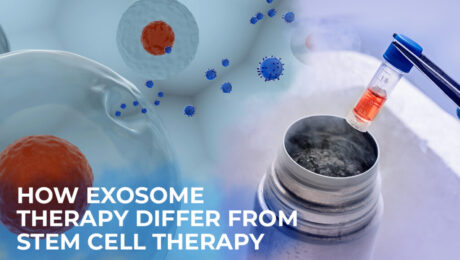

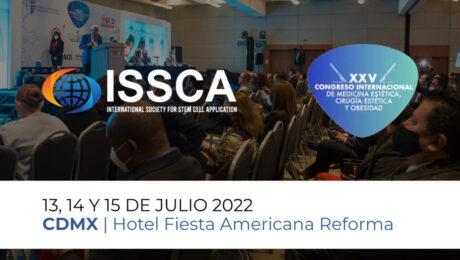
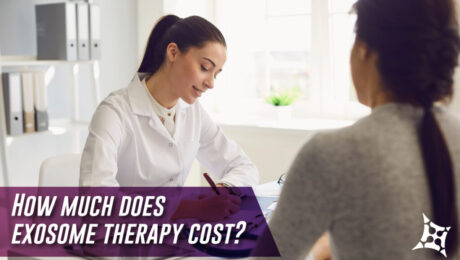
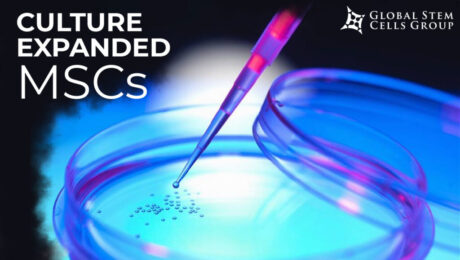
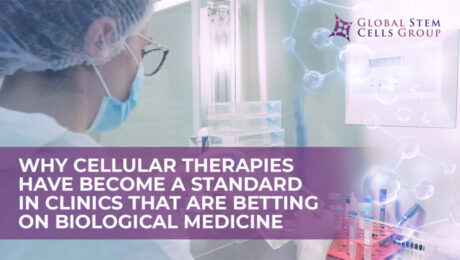
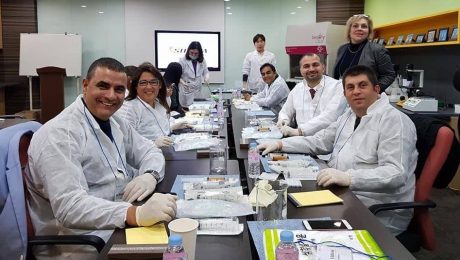
![SCCAA_138150_F001[1]](https://benitonovas.com/wp-content/uploads/2019/12/SCCAA_138150_F0011-460x260_c.jpg)